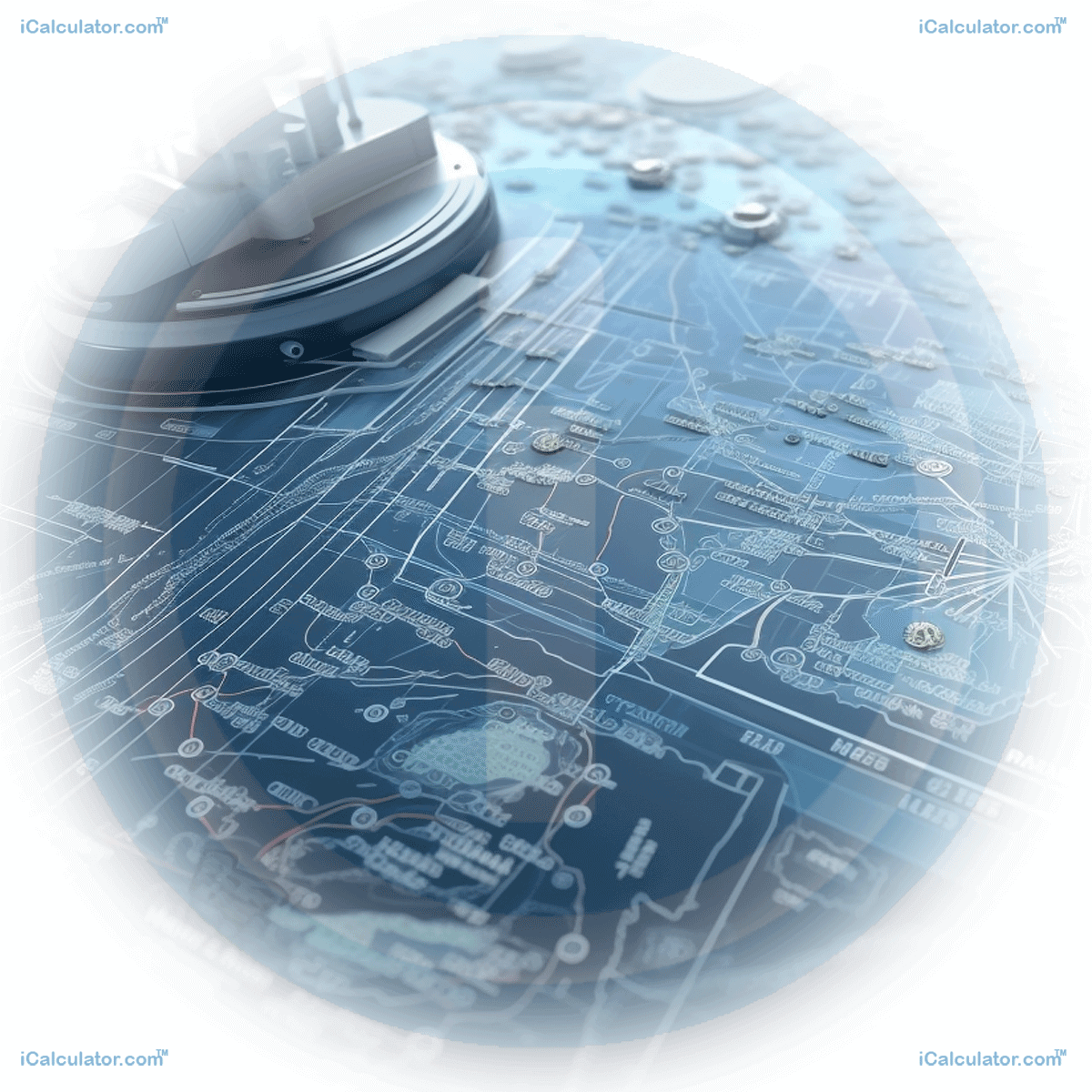Menu
Langelier Saturation Index Calculator
Please provide a rating, it takes seconds and helps us to keep this resource free for all to use

The Langelier Saturation Index is a calculation used in water treatment and chemistry to assess the corrosiveness or scaling potential of water. This tutorial aims to provide an understanding of the Langelier Saturation Index, including the associated calculations and formulas. It explores the calculation formula, real-life applications in industry, key individuals in the discipline, and interesting facts about this index and its significance in the field of Environmental Engineering.
| Langelier Saturation Index = |
Example Formula
The Langelier Saturation Index is calculated using the following formula:
Where:
- pH: The measured pH of the water
- pHs: The pH at saturation, determined by a combination of temperature, total alkalinity, and calcium hardness
Who wrote/refined the formula
The Langelier Saturation Index formula was developed by Dr. Wilfred Langelier in 1936. Dr. Langelier was a chemist who made significant contributions to the field of water treatment and corrosion control. His research focused on the relationship between water quality parameters and the corrosiveness or scaling potential of water. The Langelier Saturation Index, named after him, became a widely used method for assessing the stability of water and its potential impact on corrosion and scaling in water distribution systems.
Real-Life Application in Industry
The Langelier Saturation Index is commonly used in the water treatment industry, particularly in assessing the corrosiveness or scaling potential of water in cooling towers, boilers, and other industrial water systems. By calculating the index, engineers and water treatment specialists can determine the need for corrosion control measures, such as pH adjustment, chemical dosing, or the use of scale inhibitors. Maintaining a balanced Langelier Saturation Index is crucial for preventing costly equipment damage and maintaining efficient and safe water systems.
Key Individuals in the Discipline
Dr. Wilfred Langelier is a key individual in the discipline of water treatment and chemistry. His work on the Langelier Saturation Index has had a significant impact on the field of Environmental Engineering and the understanding of water quality parameters and their effects on corrosion and scaling. Dr. Langelier's research paved the way for further advancements in water treatment practices and the development of industry standards for maintaining water quality.
Interesting Facts
- The Langelier Saturation Index is used in conjunction with water quality parameters such as total alkalinity, calcium hardness, and temperature to assess the stability of water.
- The index provides a numerical value that indicates whether the water is corrosive, scale forming, or in a balanced state.
- Water with a negative Langelier Saturation Index is considered corrosive, while a positive index suggests scaling potential.
Conclusion
The Langelier Saturation Index is a valuable tool in the field of Environmental Engineering for assessing the corrosiveness or scaling potential of water. By understanding the calculation formula, real-life applications, key individuals, and interesting facts presented in this tutorial, engineers and water treatment specialists can make informed decisions regarding water treatment, corrosion control, and the maintenance of efficient water systems.
Engineering Calculators
You may also find the following Engineering calculators useful.
- Actual Speed Change From Ring Gear And Pinion Change Calculator
- Virtual Airflow Calculator
- Lathe Turning Time Calculator
- Led Series Resistor Calculator
- Curve Surveying Calculator
- Helical Primary Turns For Coils Calculator
- Turning Surface Roughness Calculator
- Volume Of Conductor Calulator
- Tpad Hpad Resistance Calculator
- Mechanical Quality Factor Calculator
- Propeller Sizing Calculator
- Temperature Rise In Pumps Calculator
- Differential Gear Ratio Calculator
- Nautical Depth Calculator
- Elevation Point Of Vertical Curve On Road Calculator
- 8051 Pic Microcontroller Time Delay Calculator
- Fuel Injector Flow Calculator
- Cantilever Beam Distributed Load Calculator
- Monostable 555 Timeout Calculator
- Straight Wire Inductor Calculator